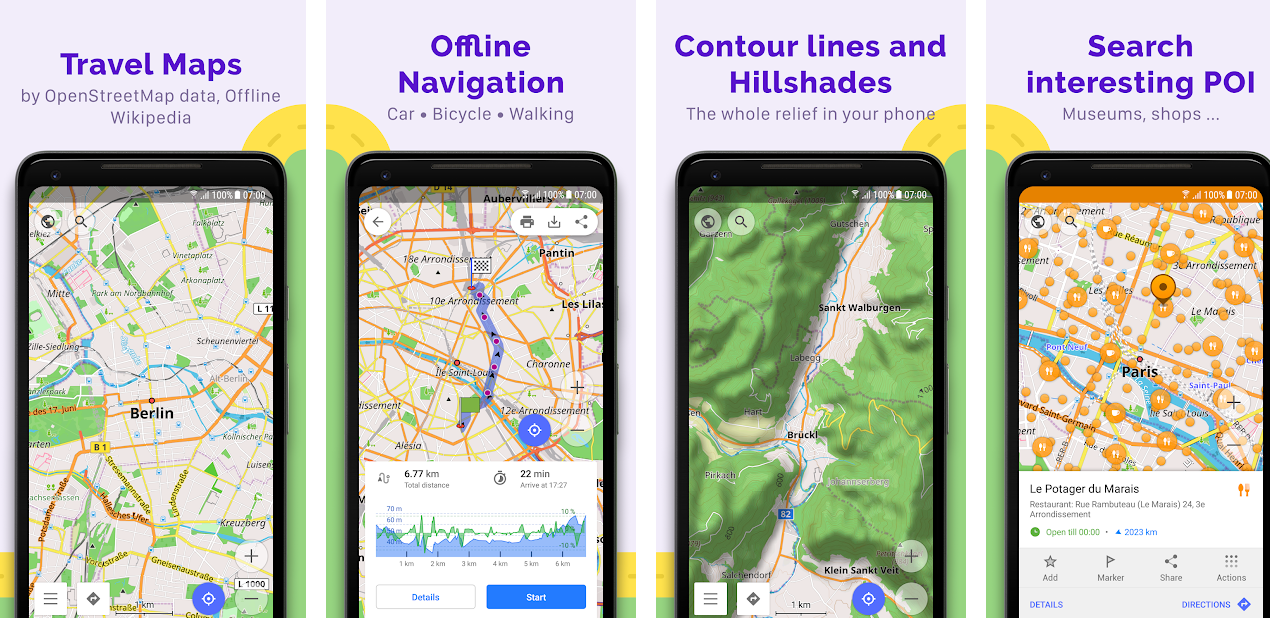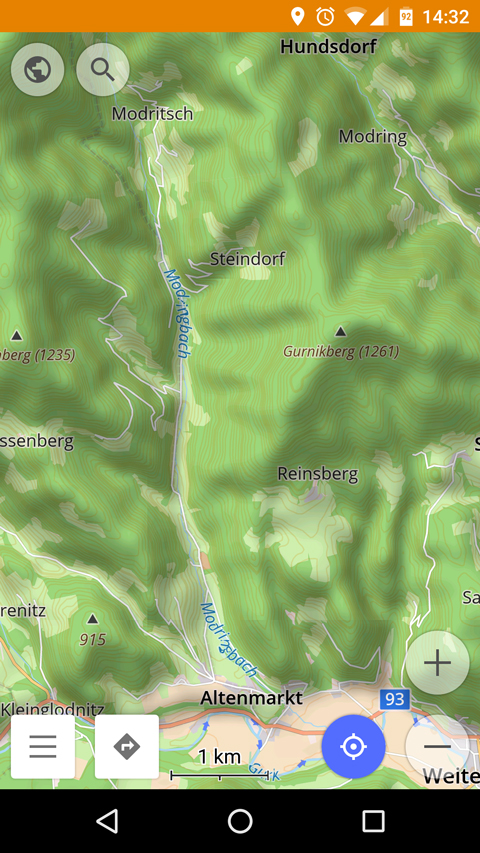
OsmAnd’s Main screen is divided into four buttons. It also includes a routing and navigation feature, with visual and voice guidance. OsmAnd (OSM Automated Navigation Directions) is an open source mapping and navigation application which uses OpenStreetMap (OSM) data for both online and offline use.
Use Osmand Maps Download Of OpenStreetMap
Free download of OpenStreetMap extracts for more than 200 areas world wide as OSM/PBF, Garmin, Shapefile, Osmand. All maps work, but openstreetmap does not. Alternatively, in the OsmAnd directory of your device you can manually save a copy of the files. As already explained by stf, you can share any of your personal OsmAnd favorites, tracks, notes, OSM changes with another person, including yourself (if your favorite messenger supports messaging to yourself). With OsmAnd you can do a number of things:stf. At the request of users, the TrailExplorer team is writing a manual 'How to use the app for hikers'.



Sailors and weather professionals examine and compare weather model projections with apps such as LuckGrib (approx. Typically, that's because weather apps pull in recent observations from ground observations, radar and satellites, among other sources in order to deliver up-to-the-minute forecasts. How to use weather offlineA surprising number of weather apps don't work offline. However for real-time voice translation input, both of these apps require an internet connection. This is extremely useful for signage and menus. Typically, you'll need 100-200 MB of storage space for each language you want to use offline.Both Google Translate ( iOS and Android) and Microsoft Translate support translation between many more languages all at no charge, and allow you to download languages to enable offline translation ( Figure C).Apple (left), Microsoft (middle) and Google (right) all offer translation apps that allow you to download languages for offline use.Unlike Apple Translate, both of these apps also include offline camera-based translation that lets you open the app and point your camera at text, which the app then translates in real-time with overlay text in the target language.
The higher the forecast bar, the greater the degree to which the various models used by Meteoblue agree.Of course, another offline alternative is to use an app to access your smartphone's barometer data. The app also displays a visual confidence indicator next to forecast data to give you some sense of how reliable the forecast for a day might be. Both apps show forecasts from several different weather models.Casual weather watchers might explore Meteoblue (iOS and Android), which caches several days of forecast details ($0.99 per year subscription required) ( Figure D, left). LuckGrib is intended for offshore and offline use, while Flowx caches content for any models you've loaded and displays it until you're again connected.
I've found local/offline access to lots of information a nice reminder that not every question needs to turn into a web search. What offline apps do you rely on?When I upgraded my phone recently, I opted for 512 GB of storage because I wanted space for Kiwix, OsmAnd+ and translation apps and files. LuckGrib (right, one-time payment required) is intended for offline use, such as while sailing, and gives you very granular access to GRIB data files. Flowx (subscription required) lets you compare several forecast models and caches recently accessed data. Rising barometer levels may indicate nice weather, while falling barometer levels can signal the potential onset of a storm.Meteoblue (left) shows the time of the last update, forecast agreement bar indicators, and, with a paid upgrade, caches data offline.


 0 kommentar(er)
0 kommentar(er)
